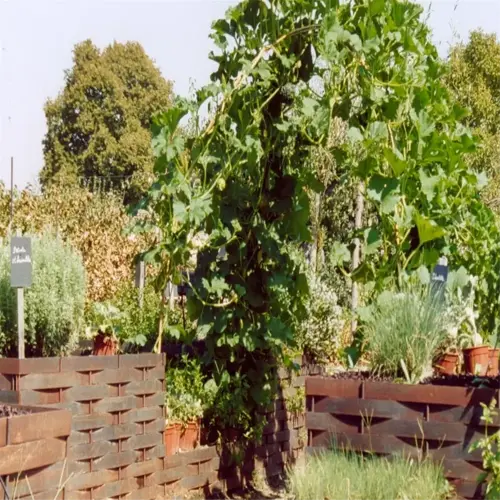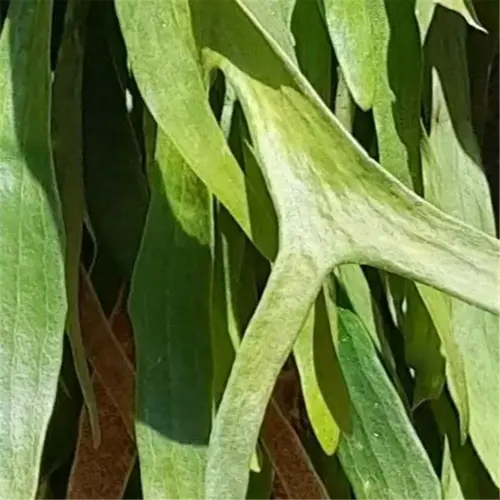How do you stop black spot from returning?

Written by
Olivia Mitchell
Reviewed by
Prof. Samuel Fitzgerald, Ph.D.Recurring black spot roses on a yearly basis deserve to be dealt with properly. I have had attacks on spores in almost every stage of their life cycle, namely dormant, active, and airborne. I'm sure that success depends on Three must-dos: sanitation, mulch barrier, and fungicide.
Sanitation Protocol
- Rake and burn fallen leaves by late autumn
- Disinfect shears with 70% alcohol after each use
- Replace top 1 inch of soil under infected plants
Mulch Mastery
- Apply 4 inches of composted hardwood mulch each spring
- Extend mulch 3ft beyond drip line to block spore splash
- Refresh midseason if heavy rains erode barrier
Fungicide Strategy
- Rotate systemic/organic types every 3 applications
- Start sprays at 50°F (10°C) soil temperature
- Alternate copper fungicides with neem oil weekly
Your secret weapon is soil health. I amended a client's rose bed with 5% worm castings, which contain chitinase enzymes that will repel fungal growth. Three years later, they have no black spots, although it's a regular occurrence in surrounding gardens. Test the soil each year; it should have a neutral pH (6.2-6.8) to create conditions that are hostile to fungal growth.
Pruning strategies should be effective and not laborious. For proper air movement, remove 30% of older canes each winter each year. I use tape to mark canes infected with fungi/hyphae to understand where I need to remove them with precision cuts. My approach of "selective surgery" saved a 50-year-old climber in a historic garden from recurring infection periods.
Companion planting enhances your efforts. Garlic, if planted 12 inches away from the base of the rose, releases an antifungal compound called allicin. A client from Long Island decreased their fungicide by 60% with this simple change. Marigolds are effective too, as their roots exude thiopenes that will inhibit the pathogens present in the soil.
The discipline of watering helps or hurts by grouping items for disease prevention. Put down drip lines 18 inches from the stems of plants so the foliage and blooms stay dry. I set these systems to start at 6 AM, and by noon the leaves and bloom are keeping the desert dry. Watering at night invites 8+ hours of moisture conducive to spore formation to spread disease; I have seen this mistake kill entire collections.
Read the full article: Black Spot Roses: Prevention & Treatment Guide

